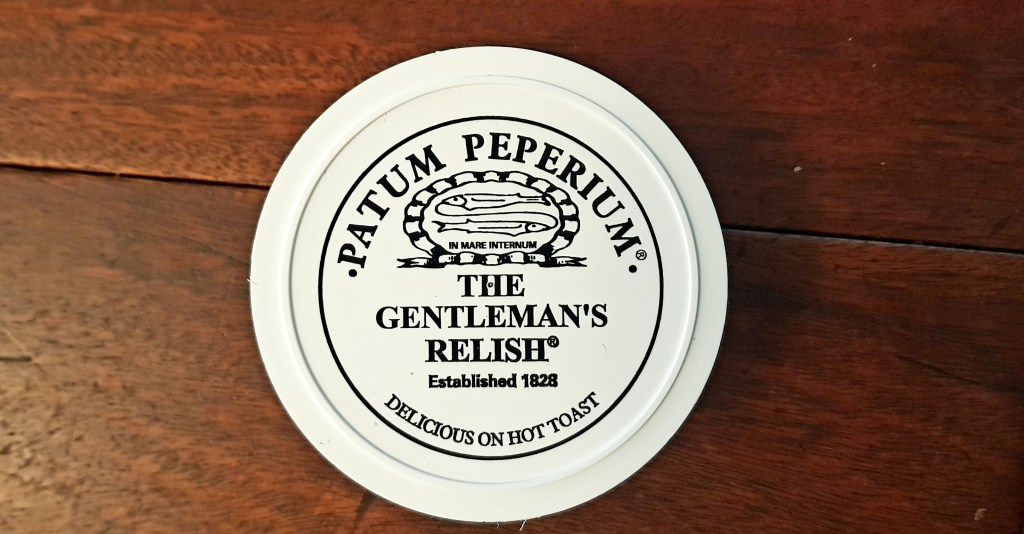This post complements the episode ‘Savouries’ on The British Food History Podcast.
When I asked Twitter what the best savoury is, I was surprised and very delighted that Scotch Woodcock was by far the most popular choice. Most of the other votes seemed to be for dishes containing lashings of anchovies too; I obviously need to write more about the popular, salty fish. I talk about Scotch Woodcock in the podcast, so I won’t repeat myself here, except I forgot to mention was that it was a Victorian invention and then, as now, one of the most popular savouries of the Victorian and Edwardian eras. The earliest mention of the dish can be found amongst the pages of Mrs Beeton’s Book of Household Management, and is pretty similar to mine except Gentleman’s Relish is swapped for simple drained anchovies which are mashed and spread on the toast and no spices are used.
If, by the way, you know not of Scotch Woodcock or the concept of the savoury, have a listen to the podcast episode. I also wrote a post about savouries a few years ago.
This makes enough for two for lunch and is very good with a green salad dressed only with salt, pepper and cider or wine vinegar.
150 ml double cream
2 egg yolks (or 1 whole egg)
Salt and pepper
Dash of Cayenne pepper (optional)
Pinch of ground mace (optional)
2 slices of toast kept warm
Around 2 tsp Gentleman’s Relish (my recipe for that here)
Turn your grill to a high setting.
Put a small saucepan on a medium-low heat. Pour in the cream and beat in the egg yolks (or whole egg) then the spices with a wooden spoon. Keep stirring until the mixture becomes scalding hot, but do not allow it to boil. You can tell when it’s ready if when you scrape your wooden spoon through the savoury custard you can see the base of the pan.
Spread the Gentleman’s Relish thinly over the toast (if you’re using my recipe, you can be a little more generous) then spoon over the savoury custard. Don’t worry if there are a few small lumps of cooked egg: it’s very forgiving. Use the back of a spoon to spread the custard right to the very edges of the toast, and grill until the top turns a delicious dark golden brown (or do as I did, and use a chef’s torch).
Serve immediately.
If you like the blogs and podcast I produce, please consider treating me to a virtual coffee or pint, or even a £3 monthly subscription: follow this post for more information.





